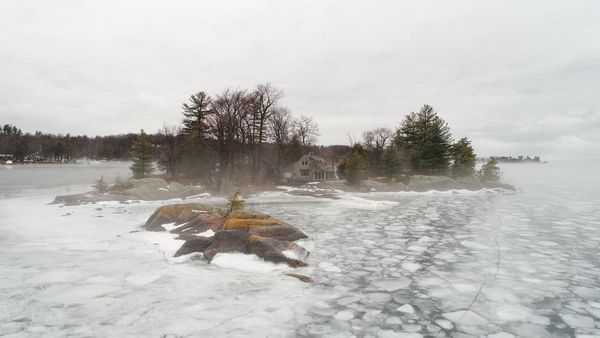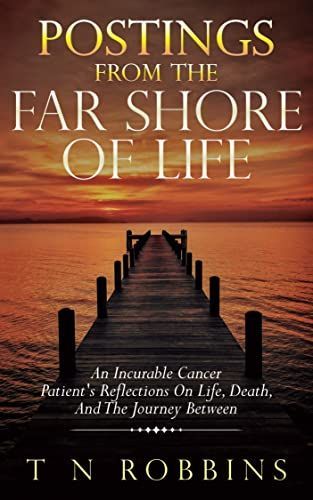Preserving History
by: Robert Charron
The late Paul Malo, Professor Emeritus at the Syracuse University School of Architecture, was my academic advisor during my undergraduate and graduate years in the 1960’s. In 1977, I gave Paul some Kodachrome slides I took at Dark Island, suggesting that he use them in his lectures and publications on Thousand Island architecture. The following year Paul received a grant from the New York Council on the Arts and asked if I was interested conducting a photographic survey of the Thousand Islands. The timing was perfect as I had just finished restoring a boat, a Lyman! This project was the beginning of my life-long collaboration that lasted until Paul’s death in July of 2008.
The photographic survey involved documenting building exteriors, interiors, landscapes, boats, gardens, and ancillary structures, including boathouses, yacht houses, skiff houses, ice houses, power houses, footbridges, and gazebos. The project expanded to include River communities, parks, campgrounds, shipping, cultural organizations, and events throughout the region.
To date, I have an archive of approximately 9,000 to 11,000 Kodachrome slides extending from the Bay of Quinte on Lake Ontario to Upper Canada Village on the Canadian side and from Cape Vincent to Ogdensburg on the US side. In addition, other nearby locations, such as Sackets Harbor, the Rideau Canal, and more were photographed.
After Paul’s death, I inherited his collection of slides and photographs, estimated to consist of approximately 3,000 to 4,000 images. The latter is an important collection that chronicles Paul’s research over six decades.
Paul believed the region’s architecture was insufficiently appreciated and deserved wider recognition. Our goal was to preserve Thousand Islands’ architecture by listing significant sites on the National Register of Historic Places. Our strategy was two-fold: to promote the region’s unique material culture and history through research, publications, and design a gallery exhibition portraying Thousand Islands lifestyle and architecture during the gilded age.
Epiphany at Rabbit Island
While lying in bed one night at Rabbit Island, I wondered what we should do with our growing collection of photos. The thought of hanging them on the walls of an art gallery did not seem to be a very exciting way to convey the magnificence of the Thousand Islands. An epiphany occurred and ideas began to come to mind. I jumped out of bed and entered them in my sketchbook. A proposal for a new exhibition became the next chapter of my collaborations with Paul.
In 1985 we partnered with Cleota Reed, Director of the Institute for the Development of Evolutive Architecture (IDEA) and Vince Dee of The Thousand Islands International Council (TIICC) to seek funding for the project. With grants from the New York State Council on the Arts, the National Endowment for the Arts, Syracuse University and the Thousand Island Bridge Authority we developed schematic designs and built full-scale prototypes of the exhibition in workshops at the Onondaga Historical Association. (Figures With support from Vince Dee and New York State Senator, John McHugh (later a U.S. Congressman) the project secured substantial funding from the New York State Legislature to build a Visitors’ Information Center and install the exhibition.
Alas, funding for the project was not approved by then Governor Mario Cuomo and the exhibit was never fully realized. However, portions of the survey were used in our lectures and Paul’s trilogy of books: Boldt Castle, Fools’ Paradise, and A Floating World. Further description of the exhibition is beyond the scope of this report. However, copies of our various grant proposals, drawings, and other related documents are currently in the Lou Smith Library at the Antique Boat Museum in Clayton and at the Cornwall Brothers Store/Museum in Alexandria Bay.
A New Chapter Develops
The current project began in 2018 when the Antique Boat Museum received a grant from the Preservation League of New York State to fund an Intensive Level Survey of twelve historic properties in the Thousand Islands. Additional support came from Thousand Islands resident Jim Cumming.
The grant includes conducting a Windshield Survey of between 65 and 75 properties, preparing intensive level surveys of twelve sites and nominating two estates to the National Register of Historic Places. The project boundaries are within townships of Alexandria, Clayton and Orleans. Additional areas will be included in future surveys. Despite setbacks due to two summers of excessively high water and the Covid 19 pandemic, project was expanded to include surveying creating a historic district on Round Island.
The Preservation League grant is an important step toward our goal of securing wider recognition and preservation of historic architecture in the Thousand Islands.
By Robert Charron
Robert Charron is a graduate of the Syracuse University School of Architecture and a licensed architect. Since 1980, he has served as Assistant Professor at the Onondaga Community College Department of Architecture and Interior Design. Paul Malo was his academic advisor at Syracuse, and they collaborated on numerous Thousand Islands projects until Paul’s death in 2008.






Please click here if you are unable to post your comment.